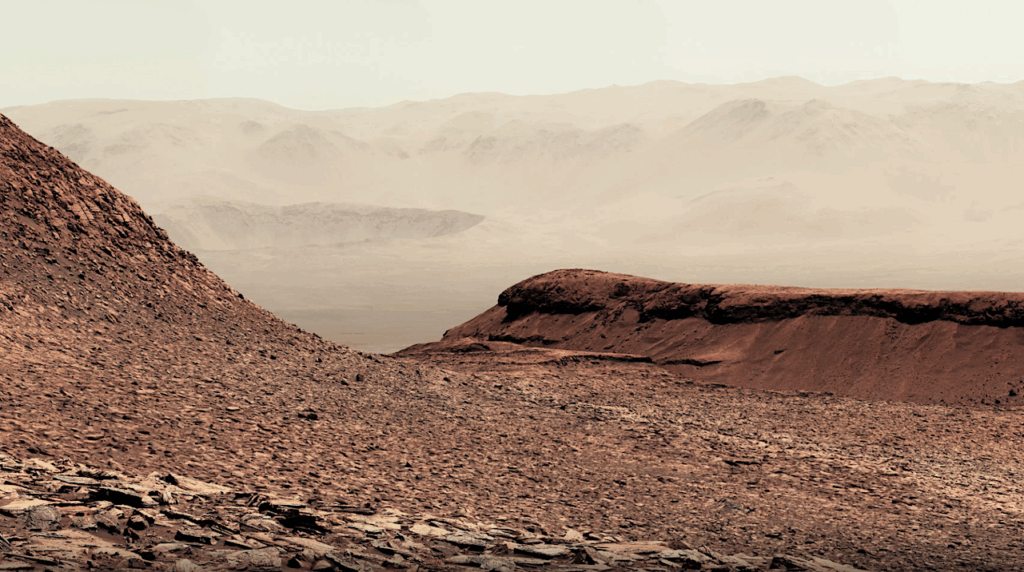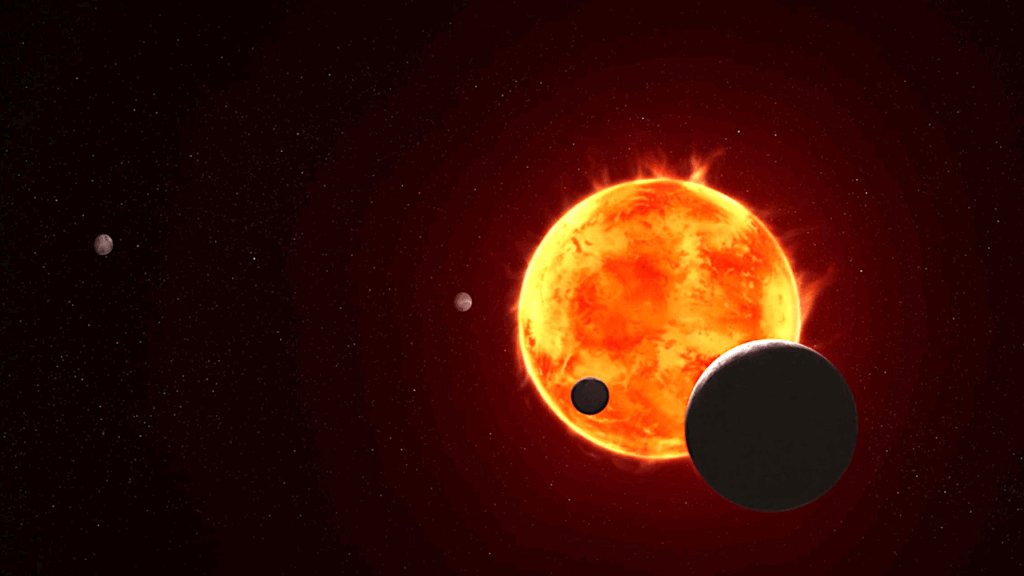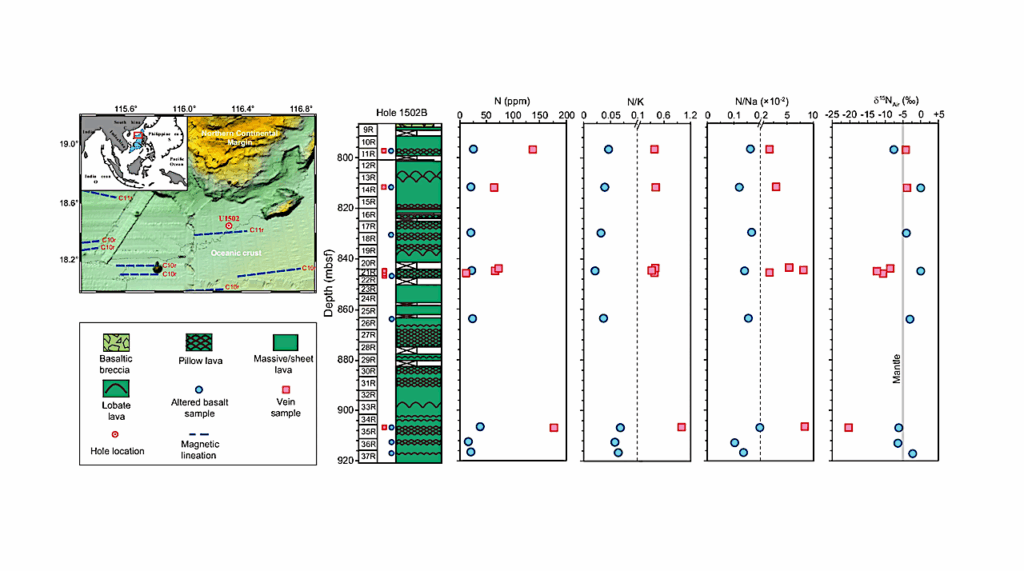Circumpolar Ocean Stability On Mars 3 Billion Years Ago

What was the nature of the Late Hesperian climate? Warm and wet or cold and dry? Formulated this way the question leads to an apparent paradox since both options seem implausible. A warm and wet climate would have produced extensive fluvial erosion but few valley networks have been observed at the age of the late Hesperian.
A too cold climate would have kept any northern ocean frozen most of the time. A moderate cold climate would have transferred the water from the ocean to the land in the form of snow and ice. But this would prevent tsunami formation, for which there is some evidence. Here, we provide new insights from numerical climate simulations in agreement with surface geological features to demonstrate that the Martian climate could have been both cold and wet.
Using an advanced General Circulation Model (GCM), we demonstrate that an ocean can be stable, even if the Martian mean surface temperature is lower than 0∘C. Rainfall is moderate near the shorelines and in the ocean. The southern plateau is mostly covered by ice with a mean temperature below 0∘C and a glacier return flow back to the ocean.
This climate is achieved with a 1 bar CO2 dominated atmosphere with 10\% H2. Under this scenario 3 Ga, the geologic evidence of a shoreline and tsunami deposits along the ocean/land dichotomy are compatible with ice sheets and glacial valleys in the southern highlands.
Schmidt F., Way M. J., Costard F., Bouley S., Séjourné A., Aleinov I
Comments: 7 pages, 3 figures
Subjects: Earth and Planetary Astrophysics (astro-ph.EP); Atmospheric and Oceanic Physics (physics.ao-ph)
Cite as: arXiv:2310.00461 [astro-ph.EP] (or arXiv:2310.00461v1 [astro-ph.EP] for this version)
https://doi.org/10.48550/arXiv.2310.00461
Focus to learn more
Journal reference: Proceedings of the National Academy of Sciences, 2022, 119, e2112930118
Related DOI:
https://doi.org/10.1073/pnas.2112930118
Focus to learn more
Submission history
From: Frédéric Schmidt
[v1] Sat, 30 Sep 2023 18:44:13 UTC (2,396 KB)
https://arxiv.org/abs/2310.00461
Astrobiology








